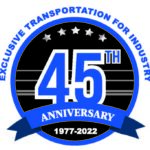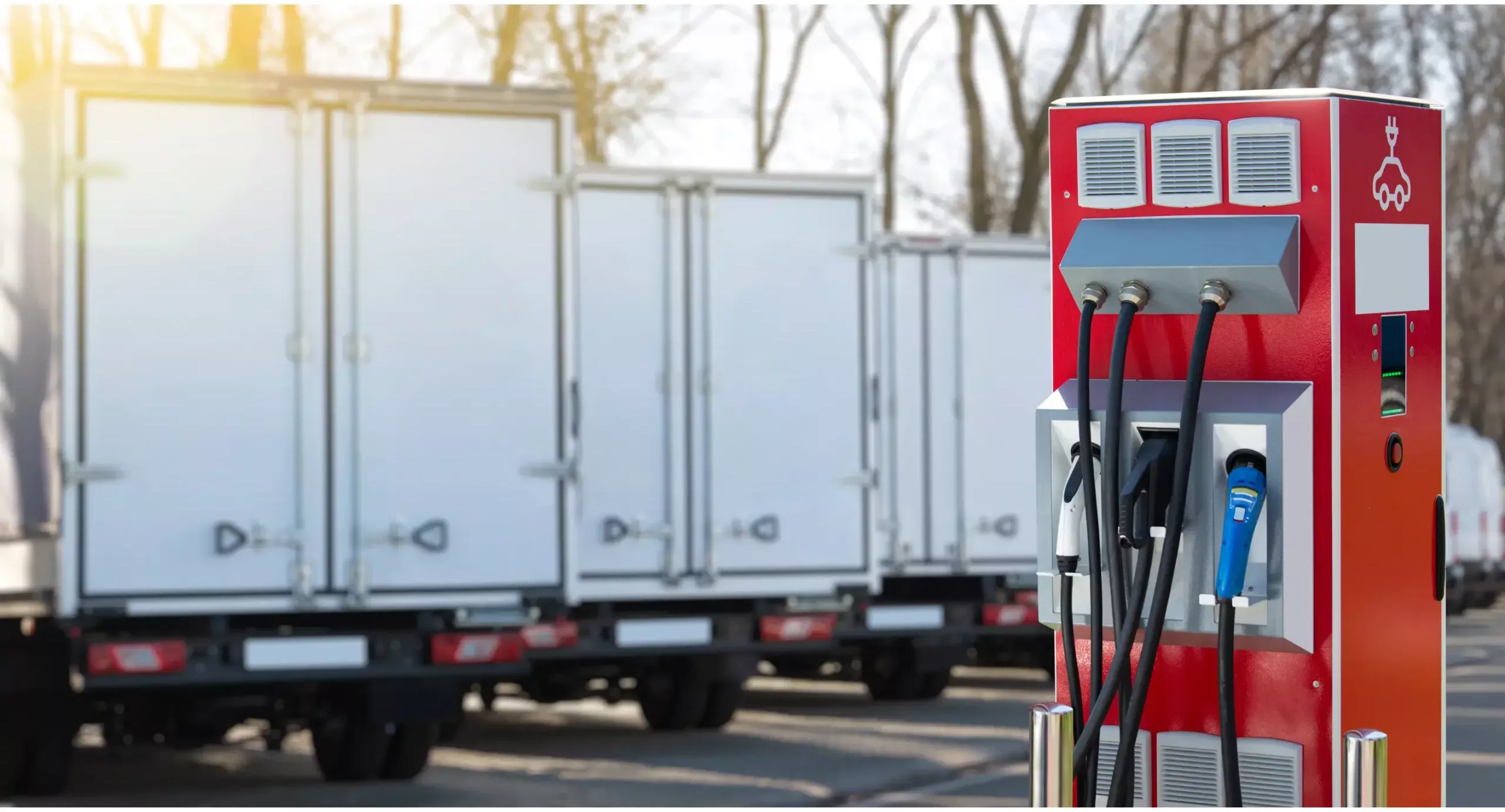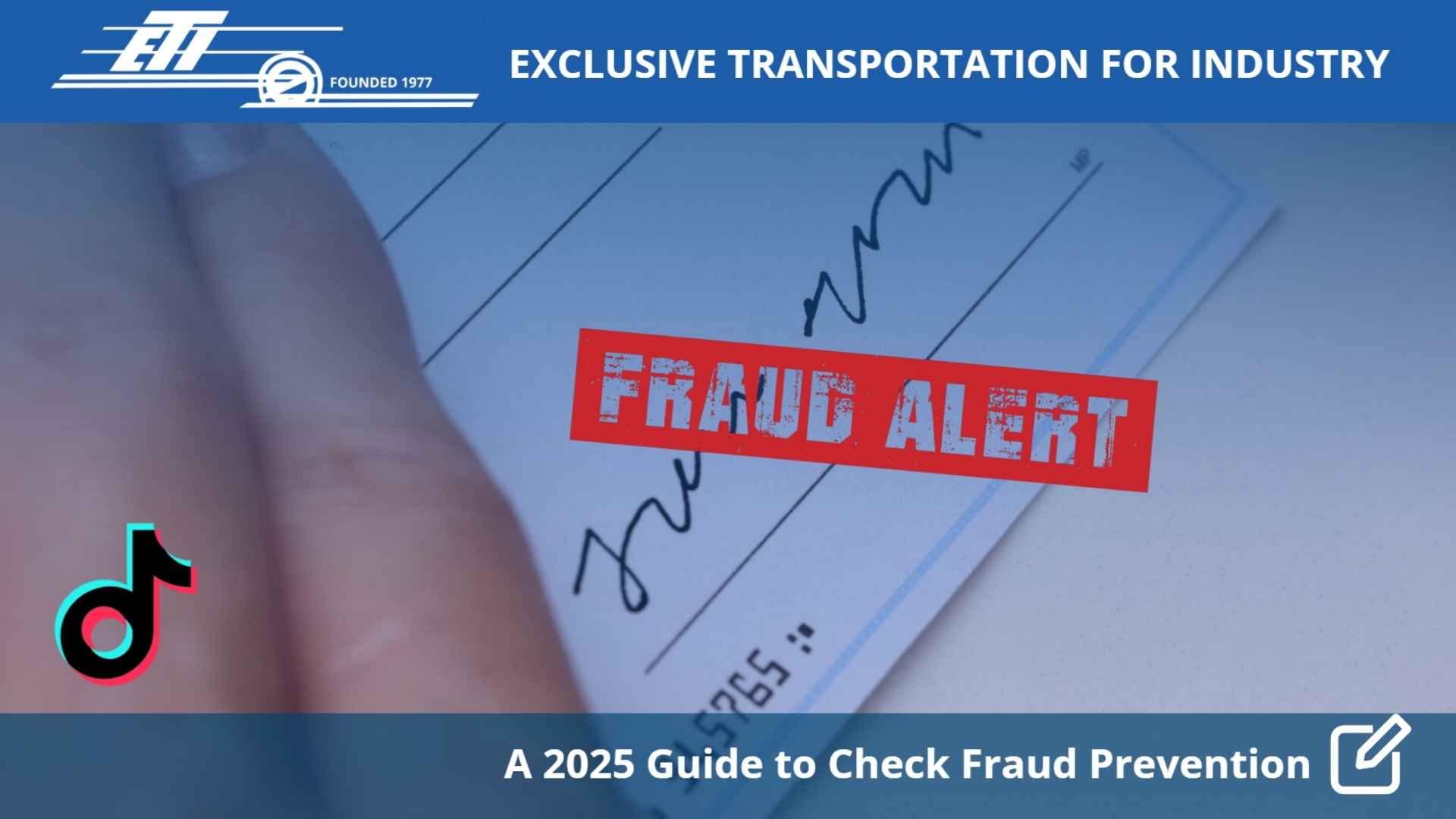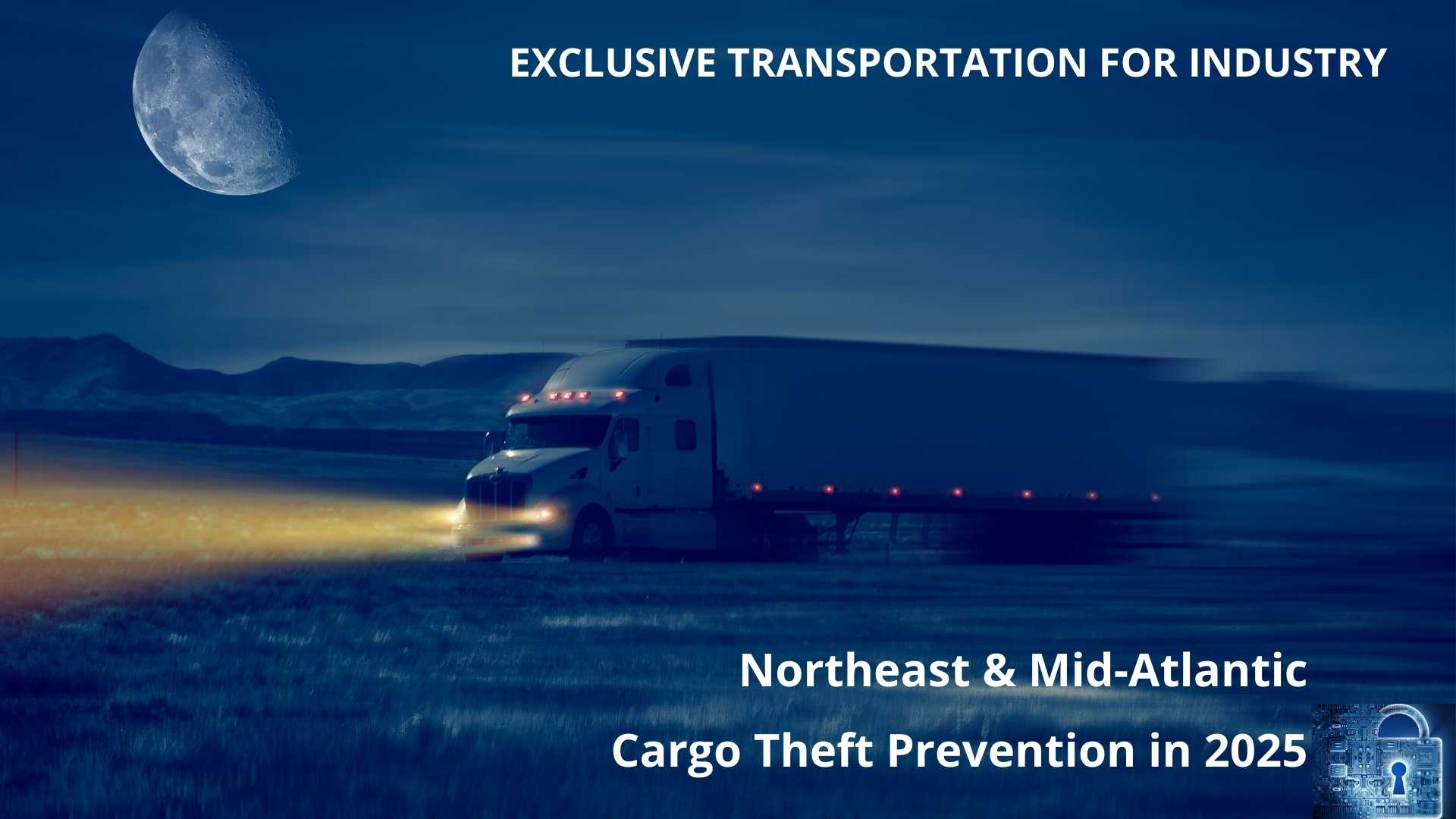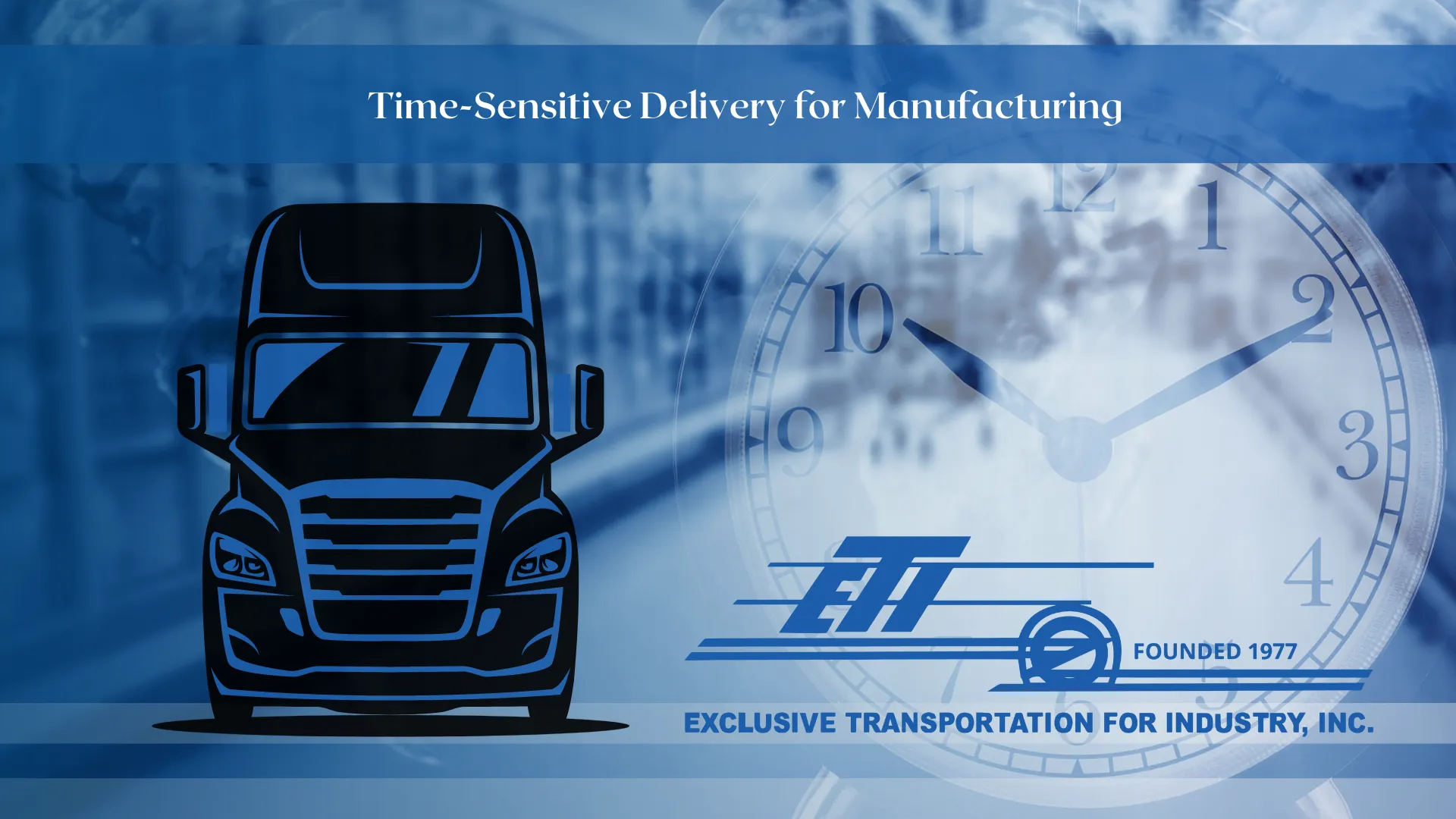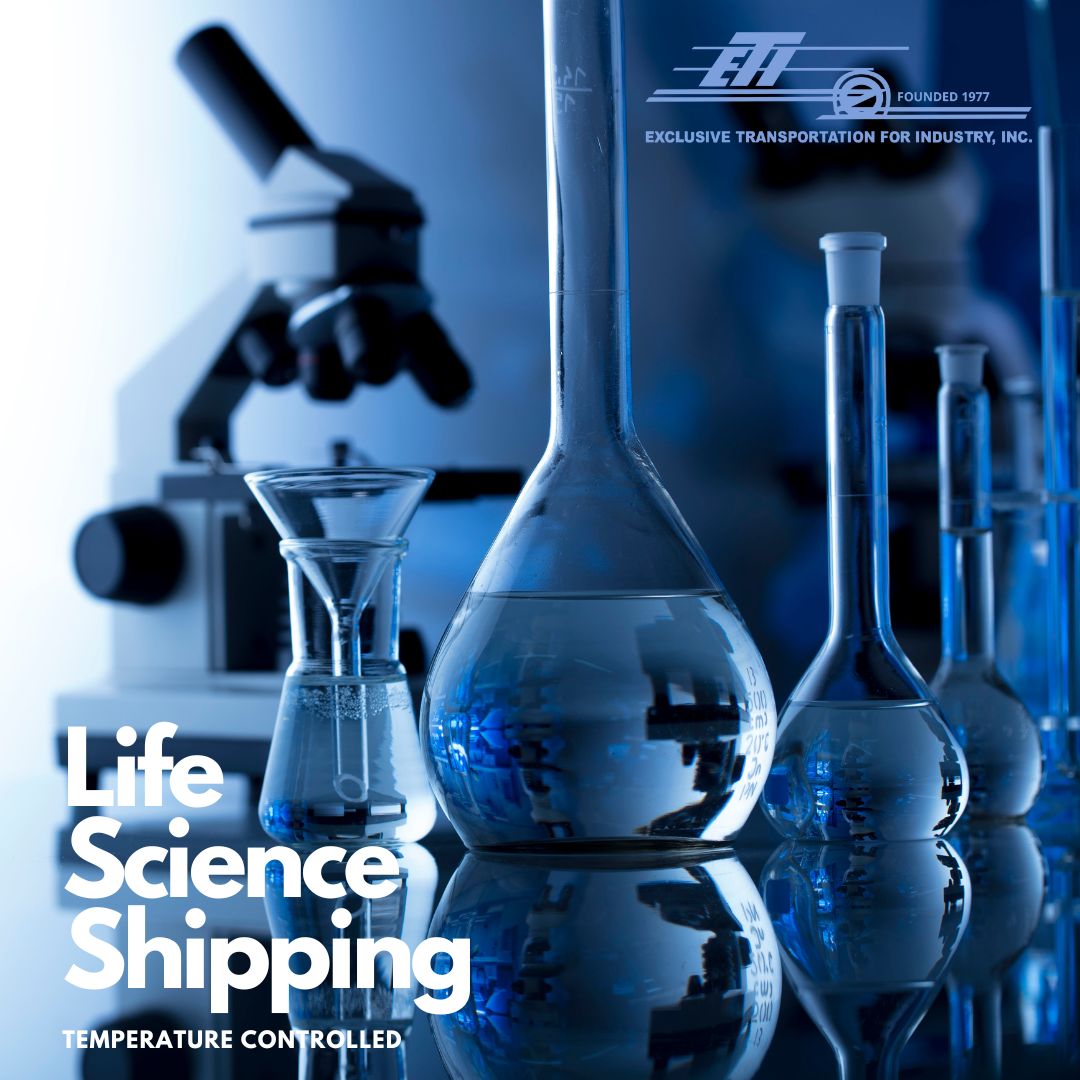The electric vehicle (EV) revolution is shifting gears in the United States, bringing the trucking industry into its broad scope. While the environmental benefits of this transition are clear, many truckers and small carriers express valid concerns about the practicality and financial implications of embracing this emerging technology.
Primarily, the initial investment required for EVs is substantial, presenting a barrier for small businesses. The costs aren’t limited to the vehicles alone but also extend to charging infrastructure and training for maintenance and operation of the new fleet. Such significant upfront expenses can be daunting for small carriers operating on narrow profit margins.
Range anxiety, a common concern among potential EV users, is amplified in the trucking industry. Current EVs lack the long-range capabilities of their diesel counterparts, and a sparse network of charging stations across the country compounds the issue. Truckers often travel long distances, and the insufficient infrastructure could lead to impractical downtimes and scheduling conflicts. This is a critical concern for same day shipping.
Then there’s the question of load capacity and power. Can EVs match diesel trucks’ performance when hauling heavy loads across varied terrains? EV technology, as it stands, still has progress to make in matching the robustness and durability that conventional trucks offer.
Finally, regulatory policies, while intending to accelerate the transition, might seem overwhelming to small businesses. The pressure of compliance with evolving standards and potential penalties can create an environment of uncertainty.
However, these challenges aren’t insurmountable. Financial incentives and subsidies from the government could help offset the initial cost. Additionally, advances in battery technology and infrastructure development promise to alleviate range and power concerns in the near future.
Navigating the EV transition will indeed require concerted efforts from all stakeholders, including truckers, small carriers, and government bodies. Balancing regulatory pressure with practical implementation measures is crucial to ensuring this transition is not just feasible, but also profitable, for the stalwart trucking industry.

